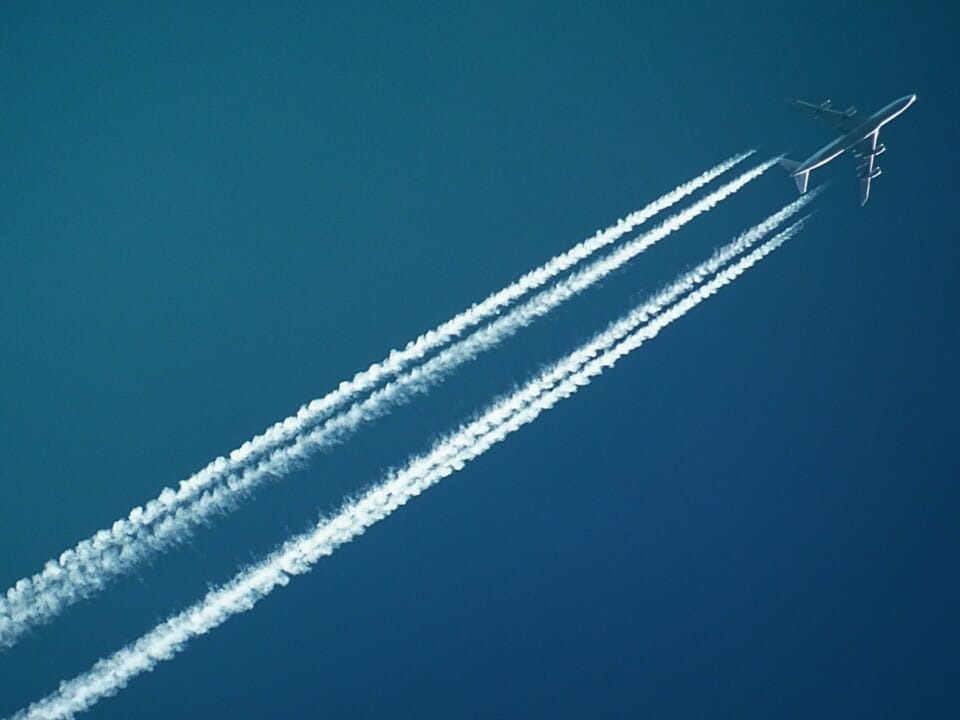Next month, Delta Airlines will join Jet Blue on reducing carbon emissions to become carbon neutral. Delta plans on investing $1 billion over the next 10 years to become carbon neutral globally.

“There is no substitute for the power that travel has to connect people, which our world needs today more than ever before. As we connect customers around the globe, it is our responsibility to deliver on our promise to bring people together and ensure the utmost care for our environment,” said Ed Bastian, Delta’s CEO. “The time is now to accelerate our investments and establish an ambitious commitment that the entire Delta team will deliver.”
“When customers choose to fly Delta, they should feel they’re making a statement about taking care of our planet,” Bastian said. “Our commitment to carbon neutrality means flying with Delta represents far more than a great travel experience – it’s about joining arms to create a better world.”
The aviation industry accounts for roughly 2 percent of global carbon dioxide emissions. Delta’s carbon footprint is its largest environmental impact, with 98 percent of emissions coming from its aircraft. Here is how the company is focusing its efforts to become carbon neutral:

Can Altitude Choice Help Reduce Carbon?
The use of greener fuels, more efficient aircraft and engines and even electric motors are being implemented to reduce carbon emissions. This is certainly a great start in the right direction.
Can choosing a better cruising altitude be an answer? It may be that choosing an altitude that eliminates the forming of contrails could reduce the effects of carbon.
Changing the cruising altitude by a few thousand feet could reduce climate damage from aviation by 59% based on a study at the Imperial College London.
What Are Contrails?
Those white trails that you see in the sky are contrails. NASA defines contrails as a type of ice cloud formed by aircraft as water vapor condenses around small dust particles, which provide the vapor with sufficient energy to freeze.
The problem with contrails is that they have a cooling effect by reflecting sunlight that would otherwise heat the earth. They also block outgoing heat from escaping from the earth by trapping heat like a blanket. Contrails form in thinner areas of the atmosphere where high humidity is present.
A November, 2019 study by MIT scientists concluded that contrails contribute to 14% of climate and air quality damage from aviation fuel burn.
How To Choose The Optimal Cruising Altitude
This might be easier said than done. Currently, air routes use specific altitudes to separate aircraft flying in opposite directions and are coordinated by Air Traffic Control.
The first obstacle to overcome is where the best air is for avoiding contrails. The concept would have to employ aircraft instruments that could render a 3D depiction of altitudes, collect the data and transmit those readings to the ground. The second problem is coordination with Air Traffic Control. Air Traffic Controllers based on the ground would have no way of knowing what these optimal altitudes are without the aircraft data. With this information, Air Traffic Control may be able to assign altitudes that would reduce aircraft carbon impact.
Final Thoughts
Currently, air travel contributes to 2-3% of all global CO2 emissions. This science would some effect on carbon output along with cleaner aviation fuels and more efficient aircraft and engine design. The science community that has worked on these studies is in discussions with air traffic service providers who are responsible for planning with airline flight trajectories.
If this concept can actually work, it still may be years away. The aircraft instrumentation and telemetry back to earth would need to be developed. If the information from these instruments is proven reliable from flight testing, there would need to be a buy-in from Air Traffic Control. This science appears to have some serious merits, only time will tell if this could work at a level that would actually make a climate difference.
Finally, there are safety concerns. Keeping air traffic separated for safety will always be the paramount concern.


